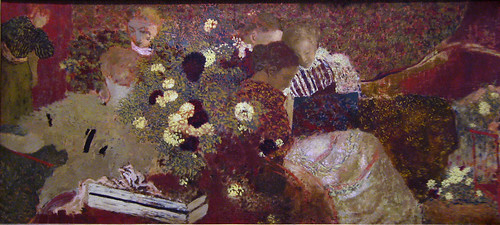I began playing the Settlers of Catan in Jerusalem, where a friend, Sharon Alley, introduced us to the game after her trip to northern Europe. Some of my favorite memories include the long hours of play I had among my expat friends in some winter school breaks in Tiberias, overlooking the Galilee. Part of the beauty of the game is the combinatorial board's simplicity, so simple, indeed, that the fact that the instructions and development cards where all written in Danish (or something) somehow did not hamper us much. It was in the play though that things got very interesting quickly. Right from the start, when players take turns placing their pioneering settlements, the game immediately makes Monopoly seem monotonous.
Thinking back on what motivated me as an architecture student to focus on urban planning, I seriously list the influence of the Settlers of Catan. One reason why my educational tract veered into the Department of Urban Studies + Planning during grad school was the theoretical analogues the game presented me as I studied the roles and interrelationships of transportation, trade, politics and industry in improving urban development and regional competitiveness. By a combination of diplomacy, haggling, and economic resourcefulness, players are forced throughout the game of Settlers to fight for competitive advantages over a simplistic board of resources. This is the only game I know where direct competitors can actually trade game (resource) cards in open negotiation after each dice-roll. (Imagine, for example, what would happen to chess if a player could haggle with his/her opponent to convert a rook to the other side in order to get back his/her queen). This simple and ingenious alteration to the board-gaming norm forces strategies and impromptu alliances to become fluid, crafty and subtle. Some of the dramas of Poker are manifested. Any player of Settlers develops both a an economic resource strategy beholden to the fate of the dice roll as well as a political strategy to deal with his/her opponents. The best players, therefore, can't help but to gain a sense of the underlying politics and economic strategies influencing regional competitiveness in the real world. Part of the value of the game is that it teaches you to think about the resources of cities in systematic, simplified, physical terms while allowing you to see the value of the soft and open social/political dynamics involved that promote development in more non-deterministic terms.
During my run yesterday, I thought about Settlers as I reflected on my work as a transportation-focused urban designer. (Curiously, as my friends well-know, I was always a Settlers player that favored a road-building strategy over a city-development harvesting/mining focused resource strategy). I suddenly realized that the game could use a rail and transit-oriented development strategy to make it more reflective of the life and health of cities. Here then are my rules for "rail-road" building in Settlers, Transit Oriented Development (TOD) Version:
All the rules are the same except for the following additions:
1) A player can upgrade a road link into a rail track by purchasing a second road and laying it next to the existing road link (a "track" is thus two planks side by side). A track counts as two links in determination of links for the "longest road".
2) A player can't instantly purchase a track. S/he must wait at least one round before upgrading a road link just purchased, and s/he can only upgrade those road links between linked settlements. Players cannot begin to upgrade roads to tracks until the game's first two complete rounds are played.
3) A player can substitute a sheep resource card for a wood or clay resource card in order to upgrade a road to a "track" (my opinion is that sheep need to become a more useful commodity to a game of Settlers - there's always way too many of them). It is probably best to not allow a player to substitute two sheep cards to upgrade a road link. In other words, you will still need at least one of the road building resource cards to upgrade to a rail track (we don't want to tempt players too much from using sheep to draw development cards).
4) This is the money rule: Settlements (including cities) connected by tracks allow the settlements to collect resource cards from one another's tiles, as if they shared the same spots on the board. However, only the next adjacent settlement connected by rail can collect from its neighbor's tile. So in the case that three or more settlements are connected by tracks in series, each settlement can only draw from the tiles of its immediately linked neighbor.
5) No circumventing the Robber allowed. ...A Robber also plunders the train!
...Test it out, Settlers playas, and tell me how it works. I believe these rules can serve as a useful analogue to teach your friends about the value of rail.
The rules above may need adjustment because of the new dynamics it adds. It may be necessary to play Settlers TOD to 12 points (instead of 10) due to the fact that players will be drawing more cards toward the end of the game and you may want more time to have interesting scenarios play out. That's another thing Settlers teaches planners, btw: all things must have their balance and sweet spot. E.g. you want settlements connected by rail, but you don't want that at the expense of drawing development cards. Cities are full of caveats. Codes and planning rules should not over-emphasize one thing at the expense of another thing necessary to the civic life, health and competitiveness of a city.
Cheers!






